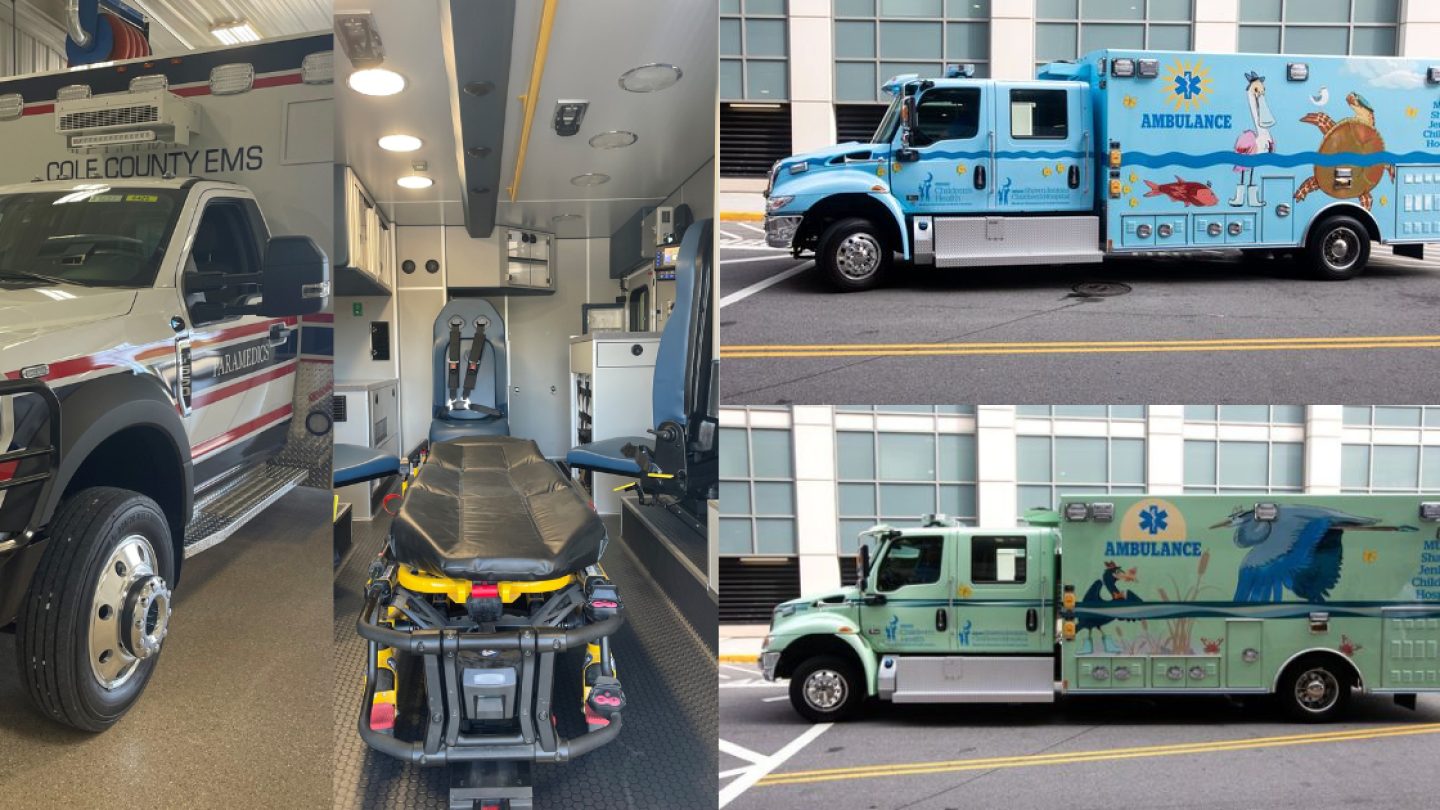Body Camera
Explore our directory of articles on Body Camera usage in EMS, designed to provide EMS professionals with insights into the benefits, challenges, and legal considerations of implementing body cameras in the field. This collection covers best practices for using body cameras to enhance transparency, accountability, and patient care. Understanding the role of body cameras in EMS is essential for navigating ethical and operational concerns. For related information, check out our resources on Legal Considerations. Stay informed and make informed decisions about body camera integration in your practice.
U.S. EMS agencies have been ordering options that make rigs safer and more comfortable for providers and patients
Chief Gary Ludwig joins to discuss the role of public safety leadership in preventing tragedy on scene, and weighs in on the EMS body camera debate
Teaching points from the ‘malpractice or murder’ case: Action steps for EMS practitioners
The cameras will record for 12 seconds when triggered by an event like major acceleration
She called 911 for medical assistance and says officers forcefully arrested her; both she and police say they have video to prove what happened
There’s hardly a mobile phone out there that can’t capture video, but EMS providers must maintain professionalism regardless of if they’re being filmed
Hosts Chris Cebollero and Kelly Grayson take the issue further, digging into problems with unnecessary oversight, and practical uses in telemedicine
Hosts Chris Cebollero and Kelly Grayson discuss the pros and cons of putting cameras in the back of rigs, and debate ALS vs. BLS systems
There are three main types of cameras, and pros and cons to using each one







